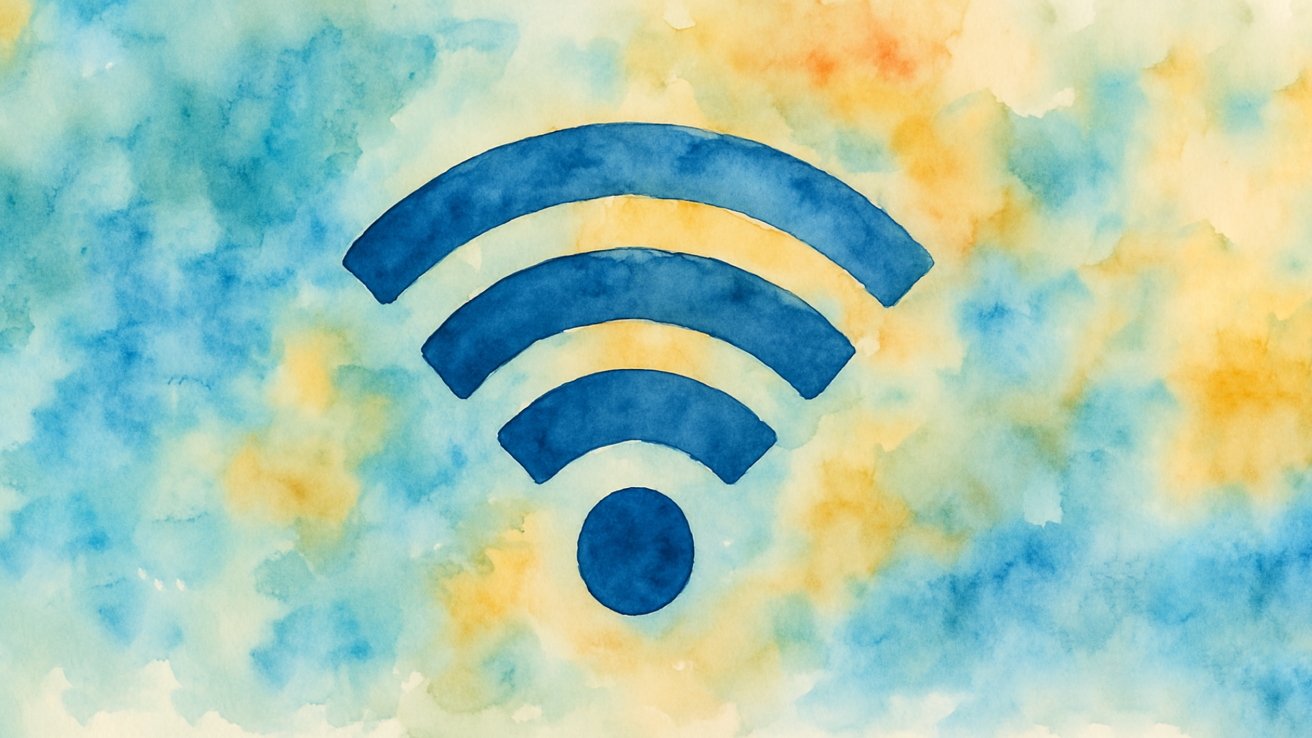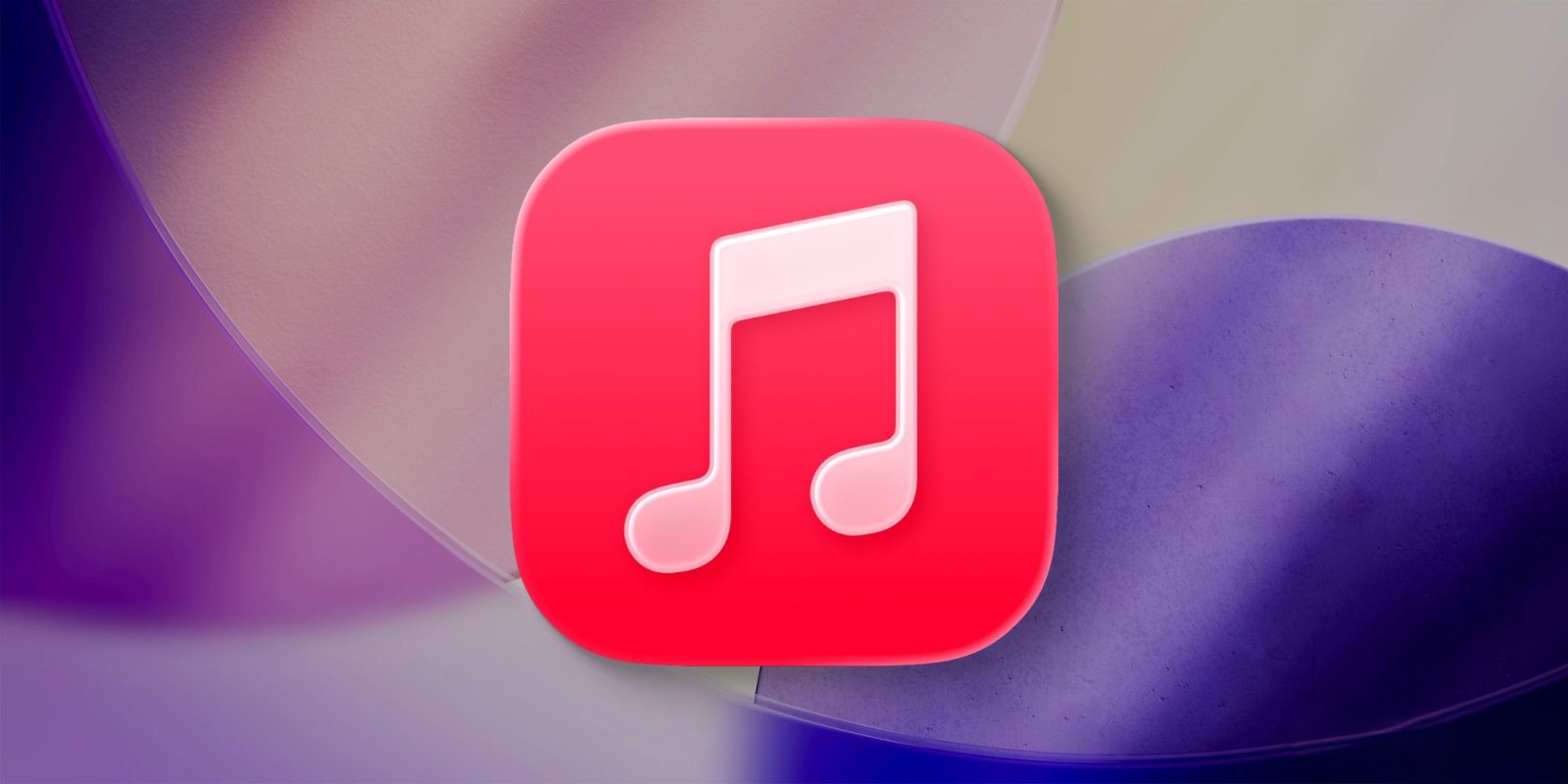Experiencing Wi-Fi connectivity issues on your iPhone or iPad can be frustrating, especially when you’re unsure of the cause. This guide provides a systematic approach to diagnosing and resolving common Wi-Fi problems on your Apple devices.
1. Verify Router Status and Proximity
Begin by ensuring that your Wi-Fi router is powered on and functioning correctly. Position your device within a reasonable range of the router, as being too far can result in a weak or nonexistent signal. If the router appears operational but issues persist, consider restarting it by unplugging it for about 30 seconds before reconnecting.
2. Confirm Wi-Fi Activation and Network Selection
Navigate to Settings > Wi-Fi on your device. Ensure that Wi-Fi is enabled and that your device is connected to the correct network. A blue checkmark next to the network name indicates a successful connection. If prompted, enter the correct Wi-Fi password. If you encounter an incorrect password message despite entering the correct one, try restarting your device and re-entering the password.
3. Restart Your Device
Restarting your iPhone or iPad can resolve temporary glitches affecting Wi-Fi connectivity. To restart:
– iPhone X and later: Press and hold the side button along with either volume button until the power-off slider appears. Slide to power off, wait a few seconds, then press and hold the side button until the Apple logo appears.
– iPhone 8 and earlier: Press and hold the top (or side) button until the power-off slider appears. Slide to power off, wait a few seconds, then press and hold the top (or side) button until the Apple logo appears.
4. Forget and Reconnect to the Wi-Fi Network
If your device connects but experiences intermittent issues, forgetting and reconnecting to the network can help:
1. Go to Settings > Wi-Fi.
2. Tap the information icon (i) next to your network.
3. Select Forget This Network and confirm.
4. Return to the Wi-Fi settings, select your network, and re-enter the password.
5. Update Software
Outdated software can lead to compatibility issues. Ensure your device is running the latest iOS or iPadOS version:
1. Navigate to Settings > General > Software Update.
2. If an update is available, tap Download and Install.
Additionally, check for firmware updates for your router. Refer to the manufacturer’s instructions for guidance.
6. Reset Network Settings
Resetting network settings can resolve persistent connectivity issues:
1. Go to Settings > General > Transfer or Reset iPhone > Reset.
2. Tap Reset Network Settings.
3. Enter your device passcode if prompted.
Note: This will erase all saved Wi-Fi networks and passwords, so ensure you have them noted elsewhere.
7. Disable VPN and Proxy Settings
Active VPNs or proxy settings can interfere with Wi-Fi connectivity. To disable:
1. Open Settings.
2. If a VPN is active, you’ll see a VPN toggle. Turn it off.
3. For proxy settings, go to Settings > Wi-Fi, tap the information icon (i) next to your network, scroll to HTTP Proxy, and set it to Off.
8. Check Date and Time Settings
Incorrect date and time settings can affect network connections:
1. Go to Settings > General > Date & Time.
2. Enable Set Automatically.
9. Test with Another Wi-Fi Network
To determine if the issue is with your device or the specific network:
1. Connect your device to a different Wi-Fi network (e.g., a friend’s network or a public hotspot).
2. If the device connects successfully, the problem may be with your original network.
10. Contact Your Internet Service Provider (ISP)
If other devices also experience connectivity issues on the same network, the problem might be with your ISP. Contact them to check for outages or service disruptions.
11. Seek Professional Assistance
If all else fails, there may be a hardware issue with your device. Schedule an appointment with an Apple Store or authorized service provider for further diagnosis.



